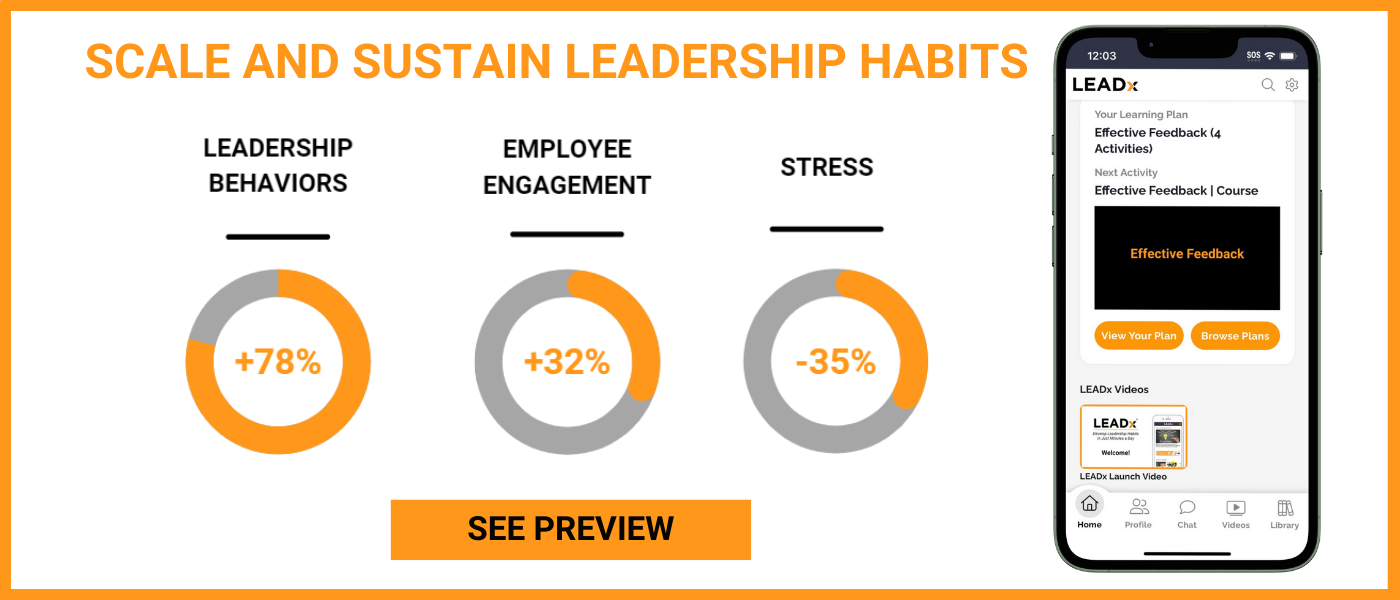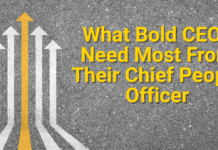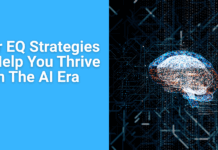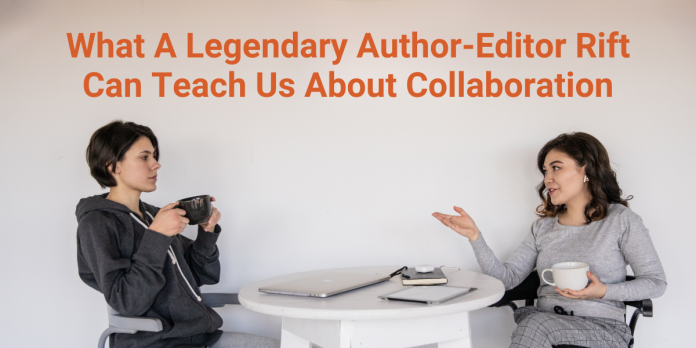
Author Raymond Carver and his editor Gord Lish have without a doubt one of the most legendary, combative, and tumultuous collaborations in the history of writing.
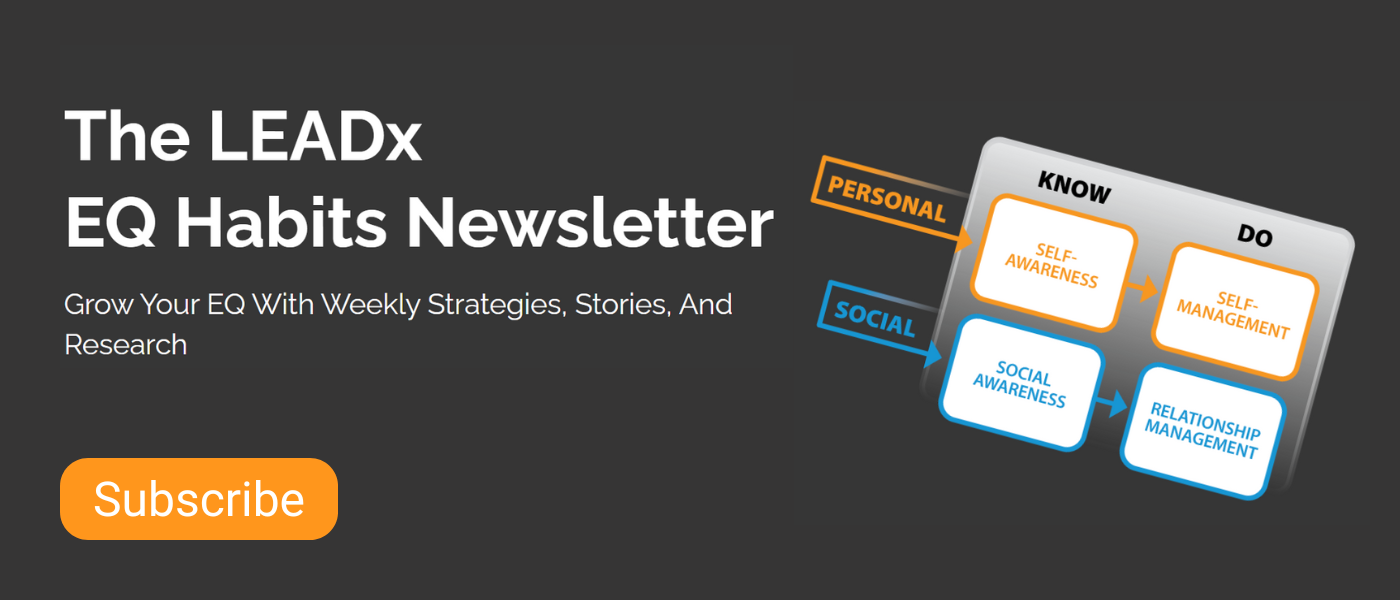 In 1967, Lish met Carver who worked as a textbook editor across the street. Carver was a young writer, desperate for publication and struggling with his drinking. Lish caught one whiff of Carver’s talent, and immediately brought him under his wing. He edited Carver’s stories extensively and got him published in big-name magazines like Esquire.
In 1967, Lish met Carver who worked as a textbook editor across the street. Carver was a young writer, desperate for publication and struggling with his drinking. Lish caught one whiff of Carver’s talent, and immediately brought him under his wing. He edited Carver’s stories extensively and got him published in big-name magazines like Esquire.
Carver went on to publish two books in collaboration with Lish: Will You Please Be Quiet, Please? and What We Talk About When We Talk About Love. Both cast a huge wave in the literary community, with the first being nominated for a National Book Award and the second making Carver a household name. Critics dubbed Carver’s distinct style as “dirty realism” or “minimalism.”
But as Carver got ready to put out his third book, Cathedral, something switched. He wrote Lish a long letter, pulling out from their collaboration. Lish, it turns out, had been revising Carver’s work much too intensely. Lish had changed as much as 70% of Carver’s writing. And Carver wasn’t comfortable publishing the revised version. So he severed their relationship.
Here are three lessons you can learn from their meteoric collaboration and sudden falling-out.
Takeaway 1: Collaboration Is a Multiplier.
Together, Carver and Lish were creating works where “1+1 = 3.” They invented and carved out a unique style. One that influenced the entire writing industry. Neither of them could have accomplished this alone.
Ample research shows that the human brain is quite literally wired for social connection. In fact, it’s social connection that feeds our species’ ability to innovate at such a rapid rate. Through social connection, we can each specialize and intersect our specialties. Think of:
- The brain surgeon who collaborates with a plastic surgeon to remove a tumor and perfectly reconstruct the face and the scalp.
- Bands like The Beatles where each artist brings something entirely unique to the group’s sound.
- The great writer who teams up with a scientist to make her research digestible for the public.
Or, in the case of Raymond Carver: Carver brought creative ideas and characters as he generated new stories and Lish intersected this with his knack for sparse language (“taking not a pen but a meat cleaver” to Carver’s writing). Legendary producer Rick Rubin describes this collaborative effect perfectly, saying, “What comes from collaboration is unexpected. Someone decided to put in a part you would have never thought of. The way those two parts bounce off one another creates something new, a third thing.”
Takeaway 2: It’s Hard to Know When to Say “No,” So Trust Your Emotions.
Carver received edits on this third book Cathedral, and he felt that something was off. So off, that he was paralyzed by his emotions. He wrote a letter to Lish saying that he was “confused, tired, paranoid, and afraid.” He wasn’t comfortable with the changes. At the same time, he feared he would be nothing without those changes, and without Lish.
Ultimately, it was these negative emotions that signaled to Carver that he needed to sever ties with Lish. In his letter to Lish breaking off the connection, he wrote, “I realize I stand every chance of losing your love and friendship over this. But I strongly feel I stand every chance of losing my soul and my mental health over it.”
When exactly should a collaboration end? When values are crossed. But knowing when your value has been crossed is not always as black-and-white as it sounds. In Carver’s case, for example, it took him a long time to determine that Lish’s edits were too extreme. Because, often, Lish was improving his work. The tipping point came when his emotions grew more and more intense. When he felt “confused, tired, paranoid, and afraid,” he knew he needed to sever the relationship. Only by tuning into those negative emotions, could Carver see that his values had been crossed.
Takeaway 3: Lean on Loved Ones When You Give a Tough “No.”
As Carver made the decision to pull away, it was his wife, the poet Tess Gallagher, who supported him and helped him see straight. Carver said so in the same letter to Lish, writing how if he were alone he may have conceded and published the work as-is (sad). But because Gallagher had read his pages, and because he trusted her opinion above all else, he was able to stand up for himself and his work.
As it seemed to do for Carver, the research shows that leaning on others (Carver leaned on Gallagher) lessens the load of negative emotions (enabled Carver to back out of the editing deal). One study found that you can literally outsource your negative emotions to those you’re closest to, minimizing their impact. At the University of Wisconsin, researchers put people in MRI machines and threatened to shock them at random. There were three groups of participants:
- People who were alone.
- People who held the hand of a stranger.
- People who held the hand of a loved one.
The researchers measured fear activity in each person’s brain, and they found something incredible in the third group. Participants’ brains were much less active when clutching the hand of a loved one. They could literally outsource their fear to their loved ones. When you lessen this emotional load, it enables you to think more clearly and confidently. And, we can safely assume based on Carver’s writing, that’s exactly what he did.
The Ups and Downs of Collaboration
Carver and Lish show just how messy and thorny collaboration can get (they butted heads until they had to stop working together). And at the same time, how powerful it can be (they forged a new style of writing). As you navigate collaboration in your own work, consider how you can push toward a collaboration that multiplies. But if you do find yourself in a toxic collaboration, lean on the second two takeaways to protect yourself and stand up for your work.


